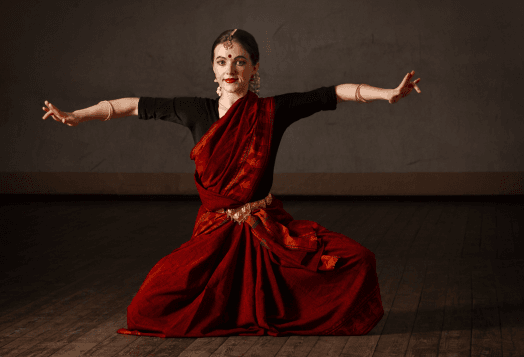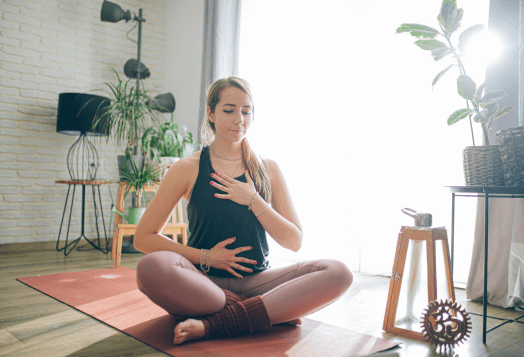
Meditation isn’t just about closing your eyes and hoping the world will be quieter. It’s about stepping into a space within yourself where calm meets clarity.
There are many types of meditation, each designed to meet you where you are. From small shifts like handling a tough meeting without snapping to making life-changing decisions with a steady mind, meditation transforms you slowly, deeply, and beautifully.
10 Types of Meditation You Can Try Today
There are different types of meditation, each designed to guide you in unique ways. Some are like warm cups of tea for stress relief, while others are like powerful compasses, pointing you towards inner wisdom.
A study published in PubMed Central in 2021 reviewed 47 trials with over 3,000 participants and found that meditation programs significantly reduced anxiety, depression, and pain within just eight weeks. Proof that even small daily practices can create big ripples.
If you’ve ever wondered how many types of meditation there are or which is the most powerful meditation technique, this is your guide.
Let’s walk through the best meditation practices for beginners and seasoned seekers alike, and see how they can touch every corner of daily living.
1. Mindfulness Meditation
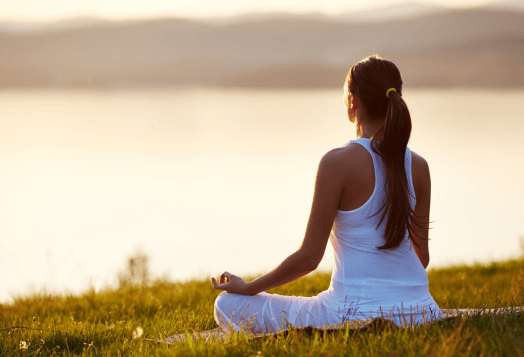
Imagine you’re going to have this tough conversation. Your mind races: ‘What if I say the wrong thing?’ Practising mindfulness meditation to relieve stress and calm your mind grounds you. Focusing on your breath, sensations, and presence so you respond calmly instead of reacting impulsively.
It’s short (10–15 minutes a day is enough), but it builds long-term resilience by training you to live in ‘now’ rather than in past regrets or future worries.
Steps to Practise Mindfulness Meditation:
Sit comfortably in a quiet space.
Close your eyes and focus on your natural breathing.
Notice thoughts without ju
dgment—let them pass like clouds.
Gently return your focus to the breath whenever it wanders.
2. Breathing Meditation
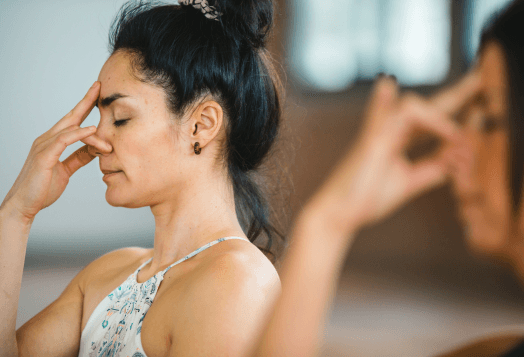
Think of the moments before a job interview or while sitting in heavy traffic. Instead of being swallowed by nervousness, you anchor yourself to the breath. Even five minutes can change how you walk into that interview—composed, clear, confident.
Steps to Practise Breathing Meditation (4-7-8 method):
Sit with a straight back.
Inhale deeply through your nose for 4 seconds.
Hold your breath for 7 seconds.
Exhale slowly through your mouth for 8 seconds.
Repeat 4–5 cycles.
3. Body Scan Meditation
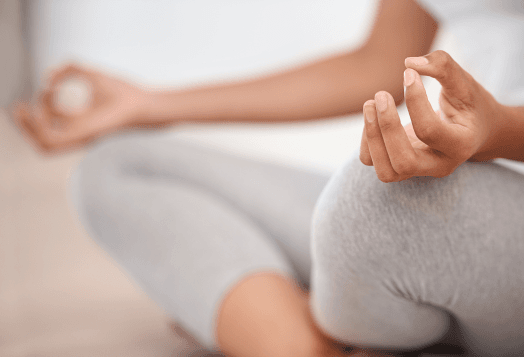
Stress often hides in the body. You just lie down after a long day, your shoulders tight, your jaw clenched. Body scan meditation helps you notice and release this tension, part by part, until the body feels light again.
Steps to Practise Body Scan Meditation:
Lie down or sit comfortably.
Take a few slow, deep breaths.
Starting at the head, move your awareness through each body part.
As you notice tension, consciously relax that area.
Continue down to your toes.
4. Guided Meditation
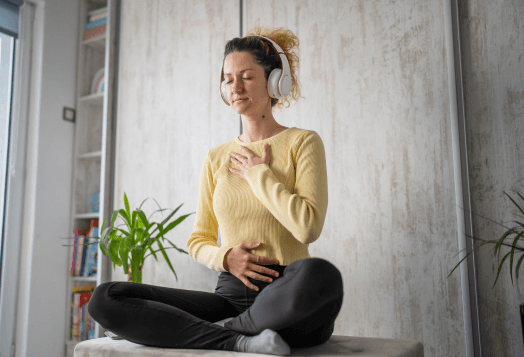
Suppose you’re drained after work but can’t switch off. You slip in your headphones, press play, and let a calm voice walk you through a peaceful beach visualisation. In 15 minutes, chaos softens into calm.
Steps to Practise Guided Meditation:
Choose a guided session via app, video, or audio.
Sit or lie down comfortably.
Follow the guide’s instructions—visualisations, affirmations, or breathwork.
Stay immersed in the imagery or words until the session ends.
5. Loving-Kindness Meditation (Metta)
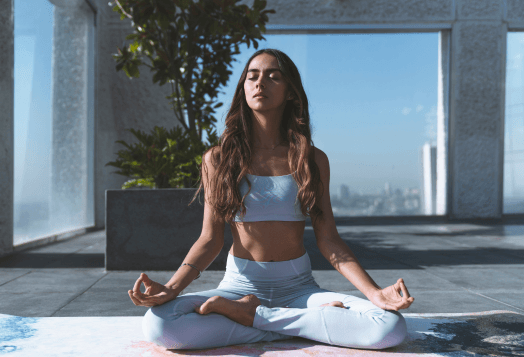
Imagine holding onto anger after an argument. Instead of replaying the fight, you sit for 20 minutes, sending goodwill first to yourself, then to others. Gradually, resentment loosens, and compassion takes its place.
Steps to Practise Loving-Kindness Meditation:
Sit in a quiet spot and close your eyes.
Breathe deeply, then repeat: ‘May I be happy. May I be peaceful.’
Extend these phrases to loved ones, acquaintances, and even difficult people.
Feel the warmth of compassion spread within.
6. Transcendental Meditation
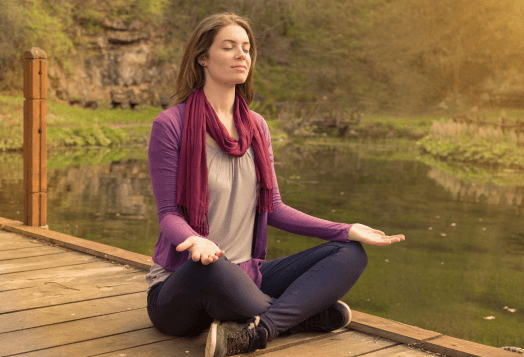
Are you a leader or manager constantly making high-stake decisions? This meditation can help you stay calm and confident.
Twice daily, for 20 minutes, you sit quietly, silently repeating a mantra. Mental fog clears, stress melts, and you return sharp yet deeply rested. That’s transcendental meditation, one of the most powerful meditation techniques.
Steps to Practise Transcendental Meditation:
Sit comfortably with eyes closed.
Silently repeat a chosen mantra.
When thoughts arise, return gently to the mantra.
Practise for 20 minutes, twice daily.
7. Zen Meditation (Zazen)
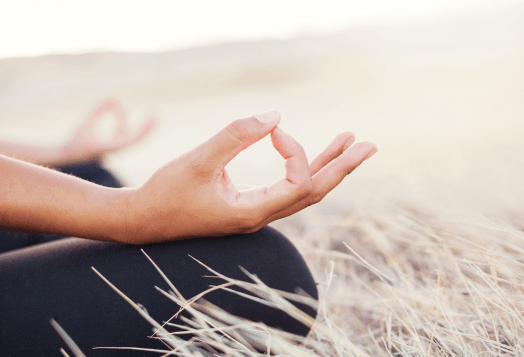
All of us are stuck in a life decision at least once. Whether to leave a job, move cities, or start over. Zen meditation teaches you to sit with uncertainty, not forcing answers, but allowing clarity to surface naturally.
Steps to Practise Zen Meditation:
Sit upright on a cushion or chair (half or full lotus if possible).
Keep eyes half-open, softly gazing downward.
Focus on your breath, counting or simply observing.
When distracted, return to the breath without judgment.
8. Mantra Meditation
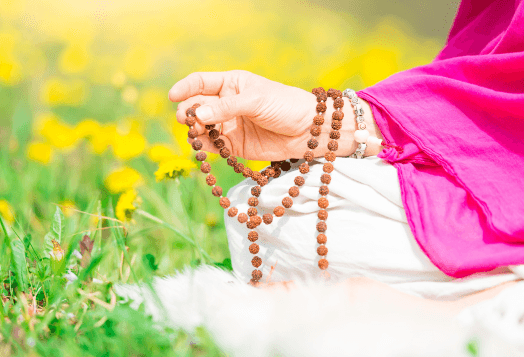
A lot of professionals have a day filled with endless to-dos, their minds scattered in ten directions. During such a situation, it's better to sit down, repeat a mantra—aloud or silently—and soon thoughts align with its rhythm. Stillness comes through sound.
Steps to Practise Mantra Meditation:
Choose a word or phrase (e.g., “Om”).
Sit comfortably and close your eyes.
Repeat the mantra silently or aloud, with a steady rhythm.
Continue for 10–20 minutes.
9. Vipassana Meditation
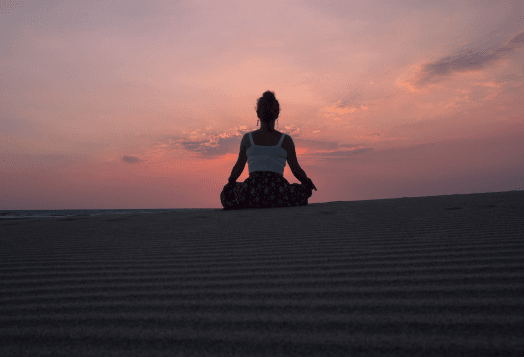
Think of fear or regret that feels endless. Vipassana reveals that everything, including suffering, passes. By observing sensations rise and fade without clinging, you develop equanimity and acceptance.
Steps to Practise Vipassana Meditation:
Sit quietly with your back straight.
Focus on your natural breath.
Expand awareness to bodily sensations and thoughts.
Observe without reacting—just notice impermanence.
Practise daily or join structured retreats.
10. Yoga Nidra
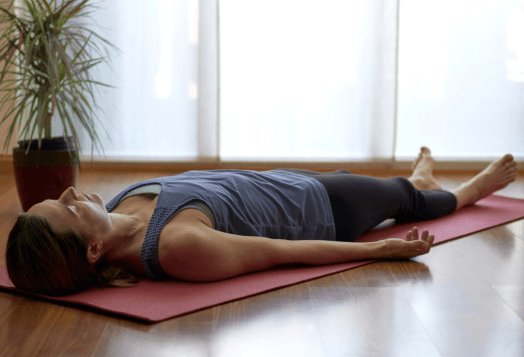
After a week of burnout, 40 minutes of Yoga Nidra feels like hours of restful sleep.
Steps to Practise Yoga Nidra:
Lie flat in a comfortable position.
Close your eyes and breathe slowly.
Follow a guided body-awareness script or audio.
Stay between wakefulness and sleep.
How to Choose A Meditation PracticeClarify your goal: Check your lifestyle: Match your personality: Experiment & adjust: Stay consistent: |
Your Next Step on the Meditation Path
Meditation isn’t about changing who you are—it’s about uncovering the calm, wise, and steady self that’s always been there. From boardrooms to bedrooms, from small worries to big crossroads, these meditation methods help you live with more clarity and compassion.
Ready to begin? Explore Pyng’s yoga trainers and meditation experts for personalised sessions today. Take your first step into a more mindful, balanced life.
Disclaimer: This information provided is intended for general informational purposes only. It is not a substitute for professional advice or guidance. For personalised recommendations or specific concerns, please consult a certified professional.




